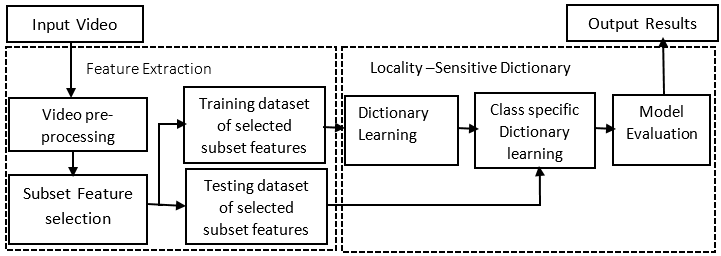Dictionary Learning (DL) and Sparse Representation (SR) based Classifier have impacted greatly on the classification performance and has had good recognition rate on image data. In Video Semantic Analysis (VSA), the local structure of video data contains more vital discriminative information needed for classification. However, this has not been fully exploited by the current DL based approaches. Besides, similar coding findings are not being realized from video features with the same video category. Based on the issues stated afore, a novel learning algorithm, called Sparsity based Locality-Sensitive Discriminative Dictionary Learning(SLSDDL) for VSA is proposed in this paper. In the proposed algorithm, a discriminant loss function for the category based on sparse coding of the sparse coefficients is introduced into structure of Locality-Sensitive Dictionary Learning (LSDL) algorithm. Finally, the sparse coefficients for the testing video feature sample are solved by the optimized method of SLSDDL and the classification result for video semantic is obtained by minimizing the error between the original and reconstructed samples. The experiment results show that, the proposed SLSDDL significantly improves the performance of video semantic detection compared with the comparative state-of-the-art approaches. Moreover, the robustness to various diverse environments in video is also demonstrated, which proves the universality of the novel approach.

